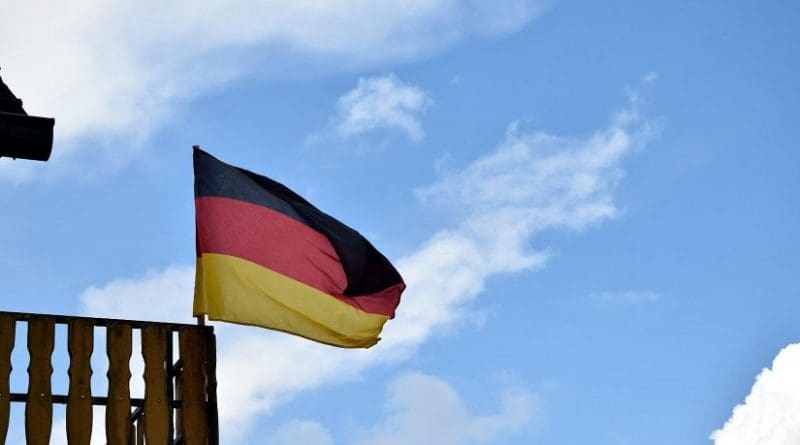EU Court Convicts Germany For Breaching Air Quality Law
By EurActiv
By Nikolaus J. Kurmayer
(EurActiv) — The European Court of Justice ruled on Thursday (3 June) that Germany “systematically and persistently” exceeded the annual limit values for nitrogen oxide in Berlin, Dortmund, Hamburg and many other cities.
The EU’s air quality directive sets annual and hourly nitrogen oxide limit values that were regularly exceeded in 29% of German regions between 2010 and 2016, the judgment said.
The ruling came after a successful lawsuit filed by the European Commission in 2018.
The EU executive stated at the time that Germany had “systematically and continuously exceeded the annual and hourly limit values for nitrogen dioxide (NO2) since 2010” and that German authorities had not taken enough measures to comply with EU limit values.
According to EU legislation, NO2 values in the air must be below 40 micrograms per cubic meter on an annual average and below 200 micrograms per cubic meter on an hourly average.
“Germany has obviously not taken suitable measures in good time to ensure that the period of exceeding the limit values for NO2 in the 26 zones in question is kept as short as possible,” said a statement by the court.
Germany has in particular failed to ensure that the periods in which nitrogen oxide levels were exceeded are kept as short as possible.
Although the judgment does not initially involve any penalties or sanctions, new requirements, for example for diesel vehicles in certain locations, cannot be excluded.
“The ruling forces the federal government to finally comply with the EU rules,” Sven Giegold, Greens/EFA shadow rapporteur for the report on the implementation of the Air Quality Directive, said after the ruling.
“Transport Minister Andreas Scheuer should no longer put his protective hand over the car lobby and must oblige manufacturers to retrofit diesel cars or replace them with cars that comply with the rules,” he added.
According to a recommendation from the Commission in 2019, EU member states were encouraged to reduce NO2 pollution either by restricting access to high-pollution cars in city centres or by better campaigning in favour of the use of electric vehicles and public transport.
The Federal Environment Agency (UBA) in May confirmed that the main source of nitrogen oxides in German cities is road traffic, especially diesel vehicles. The limit value is therefore only exceeded on busy roads in metropolitan areas and cities.
According to the agency’s data, the limit values were exceeded in 90 cities in some cases significantly in 2016, but the number has fallen every year since then.
In 2020, a year when emissions went down due to COVID-19 lockdowns, only six German cities were in violation of the rules, including Munich, Hamburg and Stuttgart.
Air quality in Germany has improved significantly over the years. Only 25 German cities exceeded limit values in 2019, down from 57 the year before, UBA said, attributing the reduction to a renewal of the private vehicle fleet.
The European Commission estimates that around 400,000 people die prematurely every year in the EU as a result of pollutants in the air.

